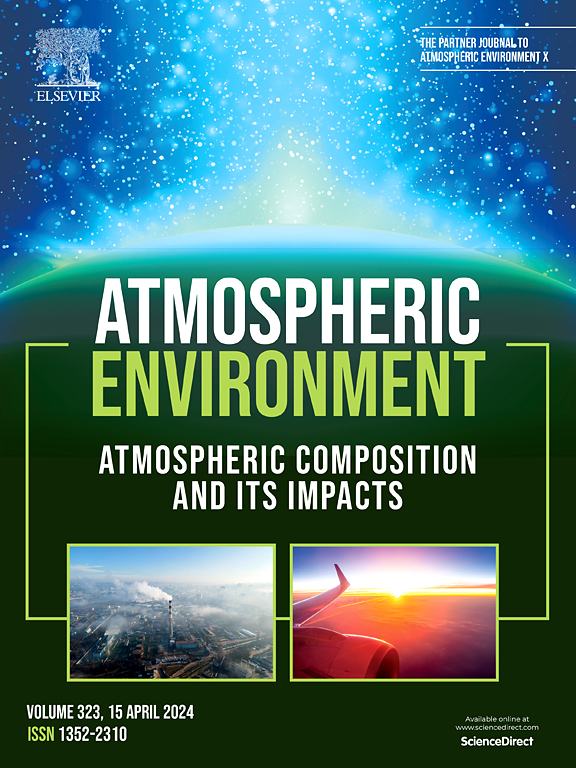A data-driven method for aerosol FMF retrieval over land using single-view polarization satellite data
IF 4.2
2区 环境科学与生态学
Q2 ENVIRONMENTAL SCIENCES
引用次数: 0
Abstract
The aerosol fine mode fraction (FMF), which quantitatively describes the fine mode aerosol optical depth (FAOD) as a proportion of the total AOD, is difficult to obtain through remote sensing retrieval. The Chinese advanced Particulate Observing Scanning Polarimeter (POSP) can achieve multispectral polarimetric observation from ultraviolet (UV) to short-wave infrared (SWIR), making it sensitive to aerosol particle size and expected to enhance the capability of FMF retrieval. In this paper, an FMF retrieval model based on an ensemble neural network (ENN) is proposed, which fully exploits the relationship between multi-spectrally polarimetric data of POSP and FMF parameter, and realizes the high-precision as well as spatiotemporal continuous FMF retrieval. The validation shows that the retrieved FMF is in high agreement with AErosol RObotic NETwork (AERONET) FMF, and the retrieval accuracy increases as AOD increase. By analyzing the importance of the input parameters, it is found that the polarimetric measurement at 865 nm is the most important for FMF retrieval, and the average importance of the polarimetric measurement is the highest. By comparing the global seasonal FMF and FAOD for 2022, as well as cases of forest fires and dust, it can be observed that POSP FMF accurately captures the distribution of fine and coarse aerosol particles, aligning well with real-world conditions. This demonstrates the effectiveness of the proposed algorithm in FMF retrieval.
求助全文
约1分钟内获得全文
求助全文
来源期刊

Atmospheric Environment
环境科学-环境科学
CiteScore
9.40
自引率
8.00%
发文量
458
审稿时长
53 days
期刊介绍:
Atmospheric Environment has an open access mirror journal Atmospheric Environment: X, sharing the same aims and scope, editorial team, submission system and rigorous peer review.
Atmospheric Environment is the international journal for scientists in different disciplines related to atmospheric composition and its impacts. The journal publishes scientific articles with atmospheric relevance of emissions and depositions of gaseous and particulate compounds, chemical processes and physical effects in the atmosphere, as well as impacts of the changing atmospheric composition on human health, air quality, climate change, and ecosystems.
 求助内容:
求助内容: 应助结果提醒方式:
应助结果提醒方式:


